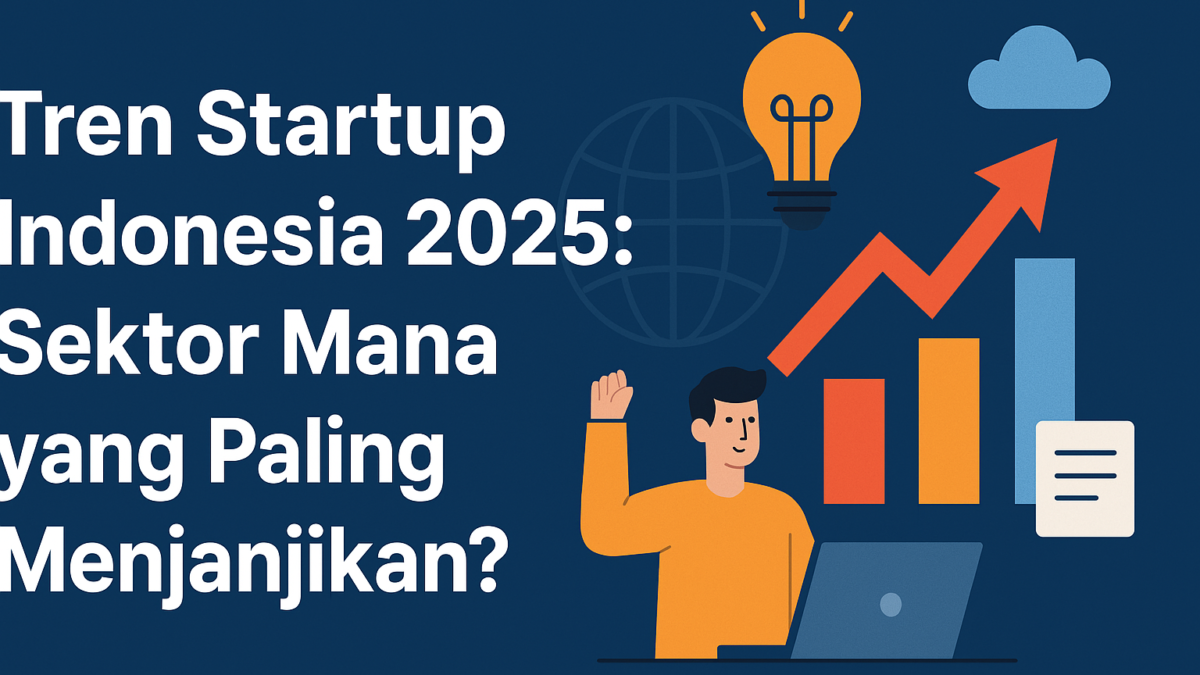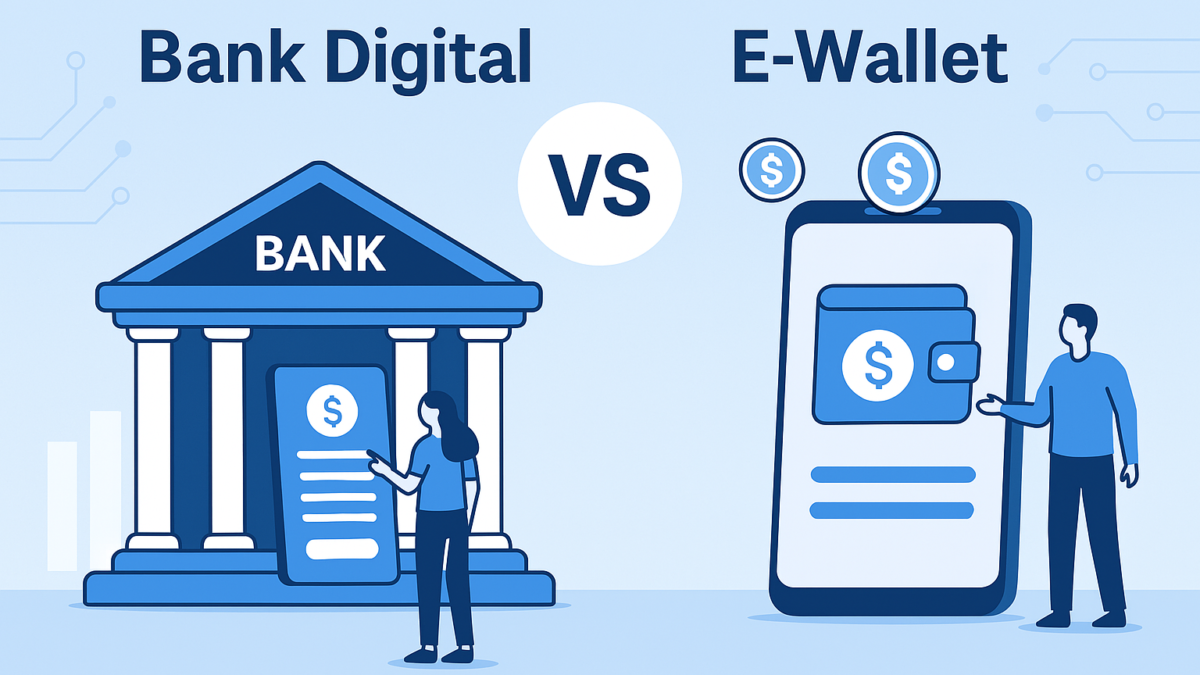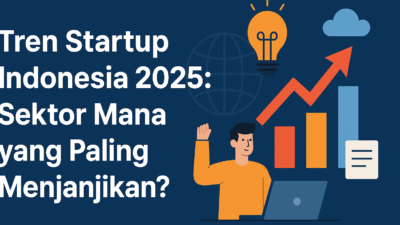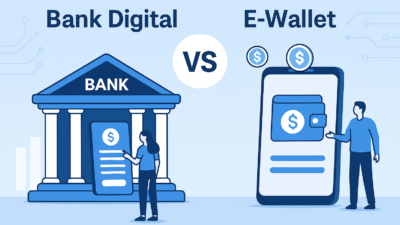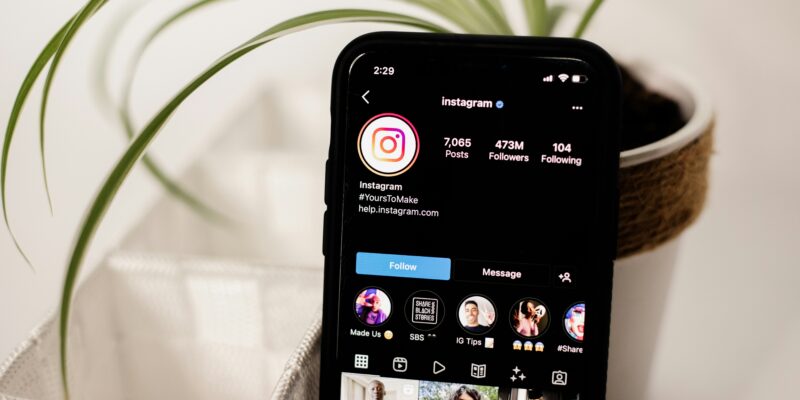
Overview
In the fast-paced world of digital marketing, micro-influencers have emerged as a powerful tool for small businesses to drive growth. Unlike traditional influencers with millions of followers, micro-influencers focus on smaller, highly engaged audiences, making them more authentic and cost-effective for businesses. This article explores the power of micro-influencers, why they’re essential for small business growth, and how to collaborate with them effectively.
Who Are Micro-Influencers?
Micro-influencers are individuals with a follower count typically ranging from 1,000 to 100,000 on platforms like Instagram, TikTok, or YouTube. While their audience size is smaller than that of celebrities or macro-influencers, their followers are often more engaged and loyal.
Why Micro-Influencers Matter:
- Authenticity: They are seen as relatable and trustworthy by their audience.
- Higher Engagement Rates: Studies show that micro-influencers have engagement rates up to 60% higher than macro-influencers.
- Niche Expertise: They cater to specific interests or communities, making them ideal for targeting niche markets.
Why Small Businesses Should Leverage Micro-Influencers
- Cost-Effective Marketing
- Micro-influencers charge significantly less than macro-influencers. Many are willing to collaborate in exchange for free products, discounts, or modest fees, making them accessible to small businesses with limited budgets.
- Targeted Reach
- Micro-influencers allow you to reach specific demographics or niches, such as fitness enthusiasts, eco-conscious consumers, or local foodies.
- Trust and Credibility
- Their recommendations often feel more genuine compared to traditional ads, as their followers trust their opinions and expertise.
- Boosts Local Visibility
- For small businesses targeting local audiences, collaborating with local micro-influencers can drive foot traffic and build community engagement.
- Scalable Partnerships
- Working with multiple micro-influencers allows you to create scalable campaigns without relying on a single influencer.
How to Find the Right Micro-Influencers
The success of a micro-influencer campaign hinges on finding the right influencers who align with your brand and values.
Steps to Identify Micro-Influencers:
- Use Social Media Tools:
- Platforms like HypeAuditor, Heepsy, and BuzzSumo help you discover influencers by niche, location, or engagement rate.
- Check Your Followers:
- Look for existing customers or fans who are active on social media and have a modest following.
- Search by Hashtags:
- Explore niche hashtags relevant to your business to find micro-influencers organically.
- Assess Engagement, Not Just Follower Count:
- Review the quality of their comments and likes to ensure their audience is genuinely engaged.
- Focus on Relevance:
- Ensure their content and audience align with your brand’s products or services.
How to Collaborate with Micro-Influencers
Once you’ve identified potential influencers, the next step is to establish a meaningful collaboration.
- Reach Out Personally
- Send a direct message or email introducing your business, why you love their content, and how you see the partnership aligning with their audience.
- Define Clear Objectives
- Set measurable goals for the campaign, such as increasing website traffic, boosting social media followers, or driving sales.
- Offer Value
- Provide influencers with free products, exclusive discounts, or commission-based affiliate programs.
- Allow Creative Freedom
- Trust influencers to create content in their authentic voice. Overly scripted posts can feel inauthentic and reduce engagement.
- Track Performance
- Use tools like Google Analytics, Bitly, or built-in platform insights to monitor campaign success.
Example: A local coffee shop could partner with a foodie micro-influencer to showcase their new menu items in a visually appealing Instagram reel.
Types of Campaigns for Micro-Influencers
- Product Reviews
- Send products to influencers and ask for honest reviews that highlight the benefits and features.
- Giveaways
- Partner with influencers to host a giveaway, encouraging their followers to engage with your brand for a chance to win.
- Sponsored Posts
- Pay influencers to create posts, stories, or videos featuring your products or services.
- Affiliate Programs
- Provide unique discount codes or affiliate links, allowing influencers to earn commissions for driving sales.
- Event Promotions
- Collaborate with local influencers to promote store openings, pop-up events, or sales.
Examples of Small Businesses Leveraging Micro-Influencers
- Glossier
- The beauty brand rose to prominence by partnering with smaller influencers who shared authentic reviews of their products.
- HelloFresh
- The meal kit company uses micro-influencers to create relatable cooking content, showing how easy and enjoyable their service is.
- Local Boutiques
- Many small retailers collaborate with fashion micro-influencers to showcase new collections through styled photos and videos.
Measuring the Success of Micro-Influencer Campaigns
To ensure your campaign delivers results, track key performance indicators (KPIs) such as:
- Engagement Rates: Likes, comments, shares, and saves on influencer content.
- Website Traffic: Use UTM codes to monitor visits driven by the campaign.
- Sales: Track conversions using unique discount codes or affiliate links.
- Follower Growth: Measure how many new followers your brand gains during the campaign.
Potential Challenges and How to Overcome Them
- Fake Followers
- Use tools like Social Blade to analyze influencer accounts for suspicious activity.
- Mismatched Values
- Vet influencers thoroughly to ensure their values and audience align with your brand.
- Overly Promotional Content
- Avoid overly scripted campaigns by allowing influencers to maintain their authentic voice.
Final Thoughts
Micro-influencers offer small businesses a cost-effective and authentic way to connect with their target audience. By focusing on trust, engagement, and niche expertise, micro-influencers can amplify your brand’s reach and drive meaningful growth.
The key to success lies in building genuine partnerships and tracking performance to refine your strategy. Are you ready to harness the power of micro-influencers for your business? Start small, stay authentic, and watch your brand grow!



